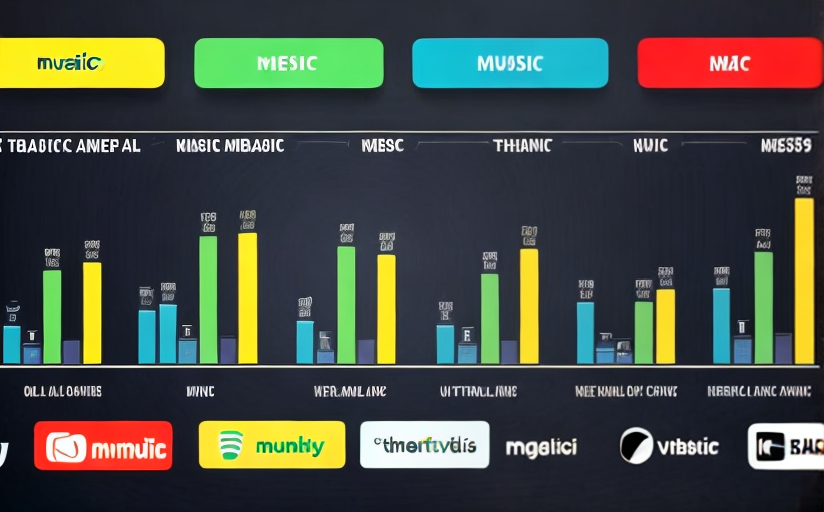The Transformation of Music: A Journey from Vinyl to Virtual
The advent of music streaming services has drastically changed the landscape of the music industry. The traditional model of album sales and radio airplay has been upended by the widespread adoption of platforms like Spotify, Apple Music, and Amazon Music. This article presents an in-depth analysis of the evolution and impact of music streaming services on the music industry, considering its benefits, challenges, and future prospects.
Transformation in Access and Distribution
Music streaming services have revolutionized the way people access music. They offer a broad and varied musical library at their fingertips, encouraging exploration, and discovery. Likewise, artists now distribute their work on these platforms, granting immediate global exposure and opening up possibilities for interaction with fans.
The Economic Impact of Streaming
Profits in the music industry have shifted from physical and download sales to streaming revenues. Although the per-stream payout is small, it can accumulate rapidly given a popular song or album. Nonetheless, the concentration of these profits is controversial. Established artists and record labels tend to benefit more due to algorithmic biases, while independent and emerging artists often see less revenue.
Key Players in the Music Streaming Landscape
Spotify
Spotify, with million users globally, has established itself as a significant force in the music industry and has set many trends in music streaming.
Apple Music
Hot on Spotify's heels, Apple Music has gained traction with exclusive releases and a strong integration with Apple's ecosystem.
Amazon Music
Amazon Music, integrated with the retail giant’s Prime subscription, provides listeners with a diverse music library. Although it initially followed the trends, it now aims to set its own.
Challenges and Opportunities of Music Streaming
While music streaming has opened new avenues for revenue and exposure, it also presents challenges. The profit discrepancy raises questions about the sustainability of music streaming, and the absence of physical copies might lead to a loss of personal connection with music. Despite these drawbacks, the opportunities for fan interaction, data analytics, personalized marketing, and global reach are vast.
Looking to the Future
As ever, the music industry will continue to evolve and adapt. Emerging trends include high-resolution audio streaming, artificial intelligence-powered recommendations, and integrations with other forms of media. Virtual concerts and metaverse collaborations are becoming more commonplace.
Conclusion: A Balanced Perspective
In summary, the impact of music streaming services on the music industry is multi-faceted, bringing both advantages and challenges. It has reshaped the revenue model, the way music is accessed and distributed, and the relationship between artists and fans. While the future remains uncertain, one thing is clear: music streaming platforms are here to stay and will continue to shape the industry for the foreseeable future.




















Comments
Leave a Comment